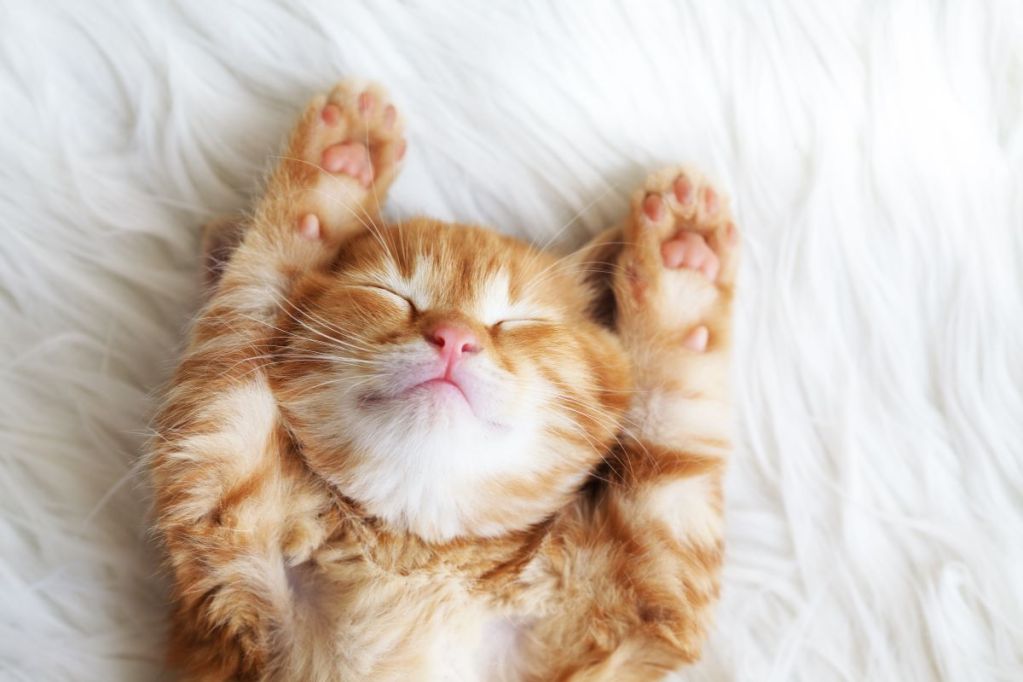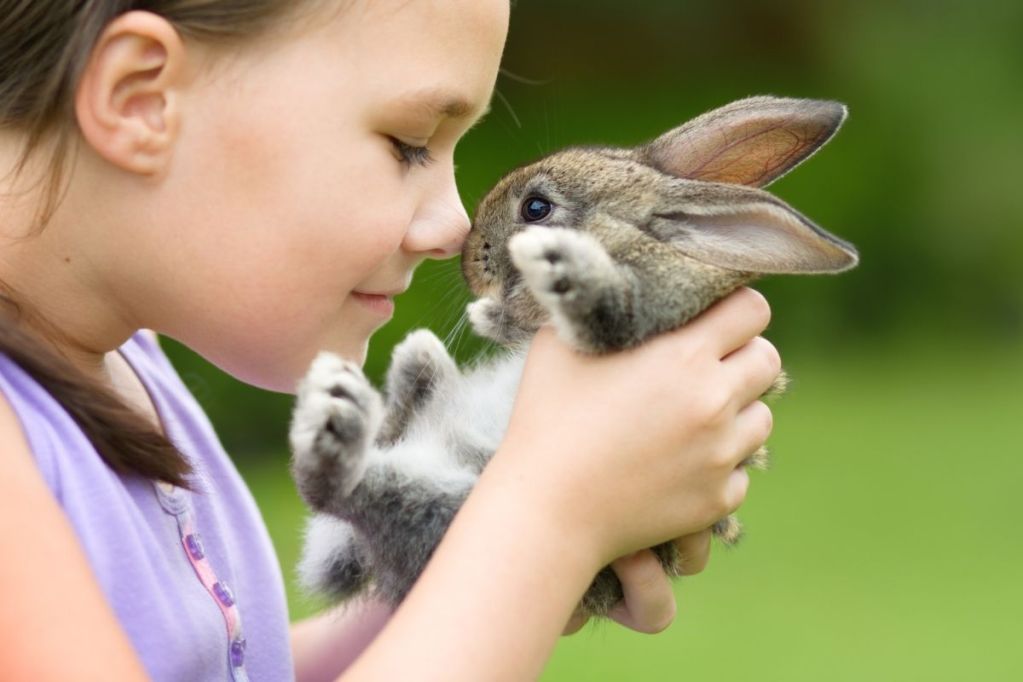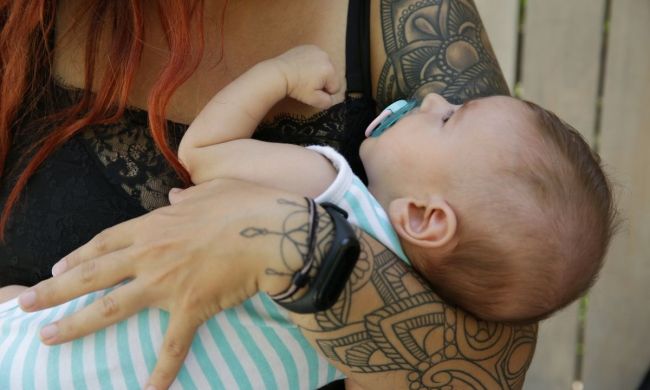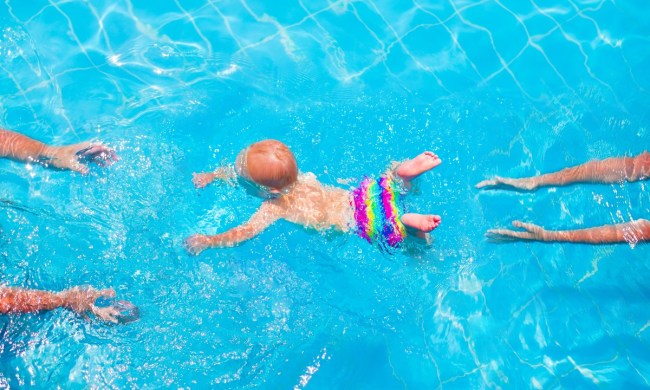
Who doesn’t want a puppy? Puppies are adorable and cuddly, which is why most people, including kids, want one. Ask many parents, though, and they probably don’t share that desire. The main reason is that parents know their children. Kids say they will take the pup for a walk and clean up when there’s a mess. The reality is the exact opposite, though.
Even when the puppy wants to play, sometimes the kiddos want to be doing their thing. So, parents hesitate, not because they’re not dog lovers. They just understand puppies are high-maintenance and time-consuming animals. Parents also know kids often disappear when it’s time to mop up an accident. It can be a bit of a conundrum since having a pet is a wonderful experience for children with a lot of benefits.
Before jumping into the deep end with a puppy, why not try a small pet first? Small pets can be super fun, too, and they go a long way in teaching children the responsibility of being a pet owner. So, what are great small pets for kids?
Best small pets for kids

Pets really can be a wonderful addition to the family, even small ones. If you’re considering adding a pet to your family but aren’t ready for the big commitment of a puppy, think about bringing a small pet home. The best small pet for kids is one that has an agreeable nature and is a hands-on animal. Fish are soothing to look at and a cool learning experience, but fish don’t cuddle.
Guinea pigs
Unlike hamsters and gerbils, guinea pigs are gentle and enjoy being handled since they are sociable. Guinea pigs are also relatively easy to care for and live from five to seven years. They do have a bit of an appetite, though. So, a guinea pig will need a steady supply of fresh veggies and hay. The cages can get messy, which means the kids will need to learn how to clean them on a regular basis. Guinea pigs do like a buddy. If you’re going to get a guinea pig, consider a pair. They will be much happier, and your kiddos will have two to cuddle.
Rats
Now, don’t cringle or run screaming from the room. A rat can actually be a cool small pet for kids. Rats don’t tend to be nippy and have a relatively mild temperament. They’re pretty smart, too, and can be taught to do tricks and enjoy figuring out mazes. Rats also aren’t high maintenance. They eat mostly lab blocks, which you can get from the pet store. Rats do need a variety of toys or toilet paper rolls to keep them busy. The only drawback is that rats don’t have a long life span. If you can get past the ick factor, a rat is an awesome small pet for kids.
Rabbits
Another cute and cuddly small pet for the family is a bunny. Like guinea pigs, rabbits are mellow, can be litter-trained, and have a long life expectancy. The downside to bunnies is that rabbits are fragile and need more adult supervision than other small pets. Rabbits also require space. So, if you get a bunny, you’ll need a decent-sized hutch either inside or outside. In areas where the winters are harsh, you may need the space to bring the bunny inside. To stay healthy, rabbits need a consistent diet of veggies, hay, and pellets.
Parakeets
A parakeet is an ideal small pet for kids. Parakeets are pretty low maintenance and don’t require much space. The small bird is affectionate and doesn’t mind gentle handling. You can also teach a parakeet to respond to words with training.
Cats
Not a cat person? That’s OK, but you may be pleasantly surprised when it comes to bringing a kitty into the family. Cats are not as high maintenance as a dog but can be just as much fun. Kitties love to play and cuddle. Yet, they’re also independent and curious. Drawbacks to cats can be their penchant for walking on counters and tabletops. Changing the litter weekly can be annoying, but using a liner makes the chore easier and quicker.
Other small pets
If you’re looking for a small pet that’s off the beaten path, consider these pets.
- Chinchilla
- Greek tortoise
- Finch
- Bearded dragon
Why a small pet?

There are quite a few pluses to adding a pet to the household and it doesn’t necessarily have to be a dog. Owning even a small pet teaches children responsibility and encourages nurturing. Pets provide comfort and help relieve stress. Having a pet is great for self-esteem and loneliness. Pets, even something small like fish, have health benefits, too. Ever notice how watching fish swim is relaxing? Bringing a small pet into the household can have the same perks as a puppy.
How to decide on the best small pet for your kids

If you’re wondering how to determine which is the ideal small pet for your children, there are some factors to keep in mind. First up are allergies and age. If your kids are allergic to pet dander, then a furry pet like a kitty or a bunny are off the list. Fish and reptiles can be cool small pets for kids with allergies. Age 5 is perfect for introducing a small pet into the mix. You can do it younger, but toddlers and preschoolers will need much more adult supervision with small pets.
Next, you need to consider space. If you’re short on room, a bunny isn’t for your family. Thinking about where the cage will go is important with guinea pigs and hamsters. Guinea pigs are active during the say, but hamsters and rats get moving at night. Having a hamster or rat cage in your child’s room could interfere with sleep. Another big component in the decision-making process is the age of your kids. Finally, consider life expectancy. Your children will get attached quickly and having to explain why Thumper isn’t hopping any more is a difficult conversation.
A small pet can bring just as much joy as a dog. Pets are a wonderful addition to a household and are great for kids. There are a lot of benefits to pet ownership, even small ones. When picking a small pet, keep in mind your kids’ ages and personalities, as well as the pet’s life expectancy. Also, bring the kiddos into the decision-making process. Of course, parents have the final say, but a small pet is a family decision.



